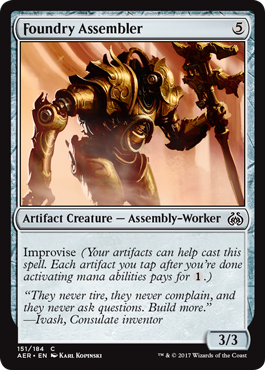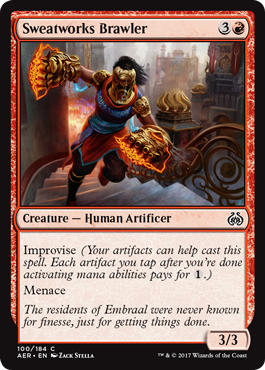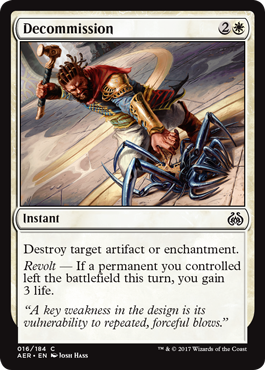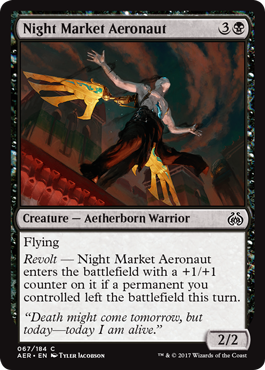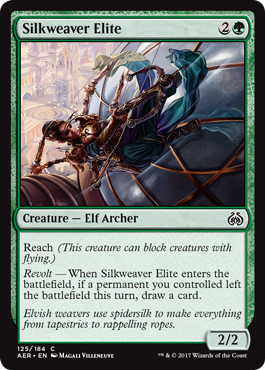Today, I want to share with you the background and one of the hooks for this adventure.
Aeons ago, as creation still lay in its primordial shape,
the first and greatest of the world’s spirits known as the Rainbow Serpent shed
its scales. These scales fell to the earth, each spawning a gigantic,
black-headed snake sheathed in scales of every color. The Rainbow Serpent then
departed for the stars, leaving its children as powerful guardians of land and
sky, sun and rain, birth and destruction. These ancient serpents were known as
the andrenjinyi, and from their sacred pools they ruled ageless and immortal,
demanding sacrifice and rituals but offering protection for all those who
submitted to their code of law. With their link to the primordial stuff of
creation, the andrenjinyi held the power to shape creation to their will, often
creating a fantastic menagerie of creatures to guard and serve them.
Yet, for all their power and immortality, the andrenjinyi
have all but vanished from the world, and the knowledge of the Rainbow Serpent
with them. Today, only one of these primordial spirits still exists, ruling
over a tropical isle known as Maori. For centuries, the Maori people have dwelt
in communion with this being, offering it sacrifice and ritual and binding
their community to follow the ancient codes and laws that it dictates.
Foreigners are forbidden from setting foot on Maori, save for a small district
within their chief city of Kahului, where merchants gladly trade desirable
wares for items that can be found nowhere else: exotic fruits and plants as
well as unique items ensorcelled with the primordial magic of the andrenjinyi.
I can't wait to unveil this great setting for my players and share in their journey to unravel the mystery and decide the fate of the andrenjinyi.

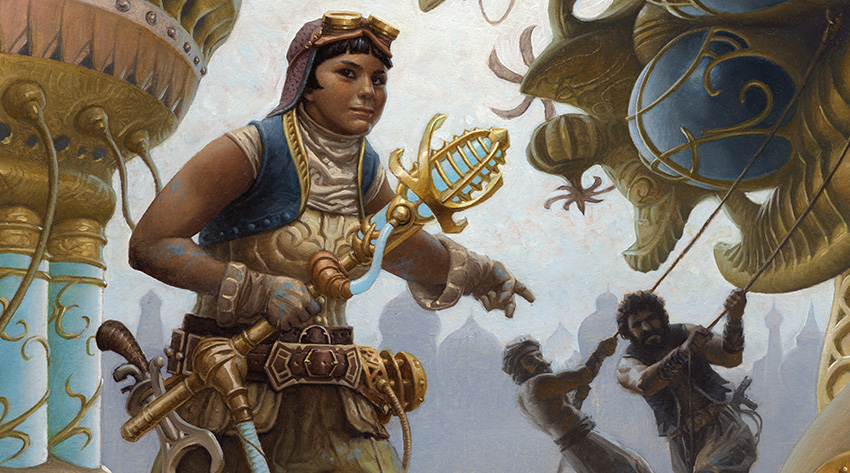
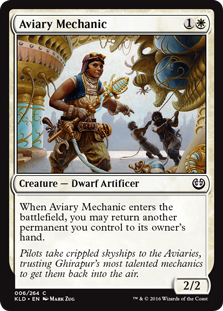
.png)



